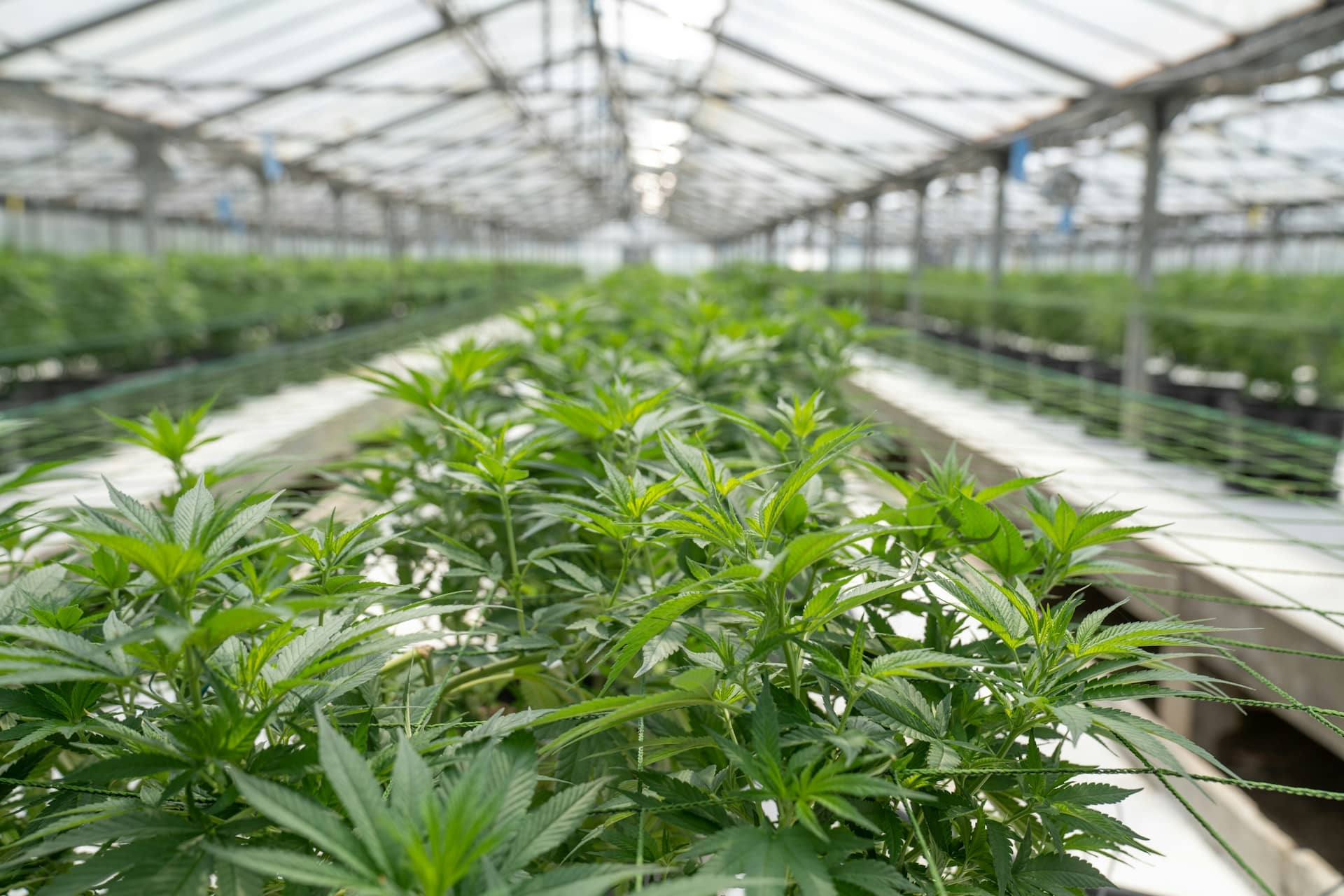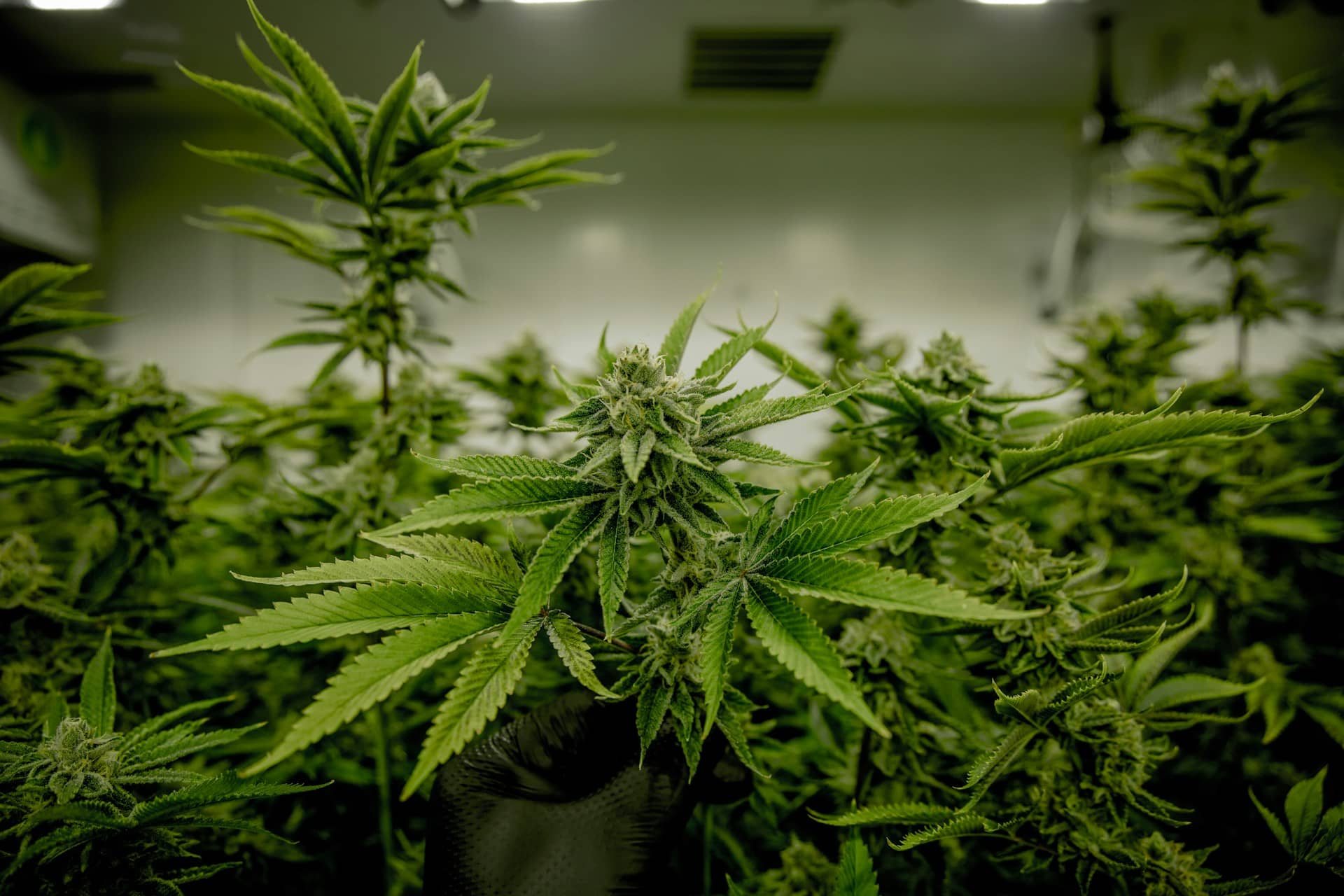Beginning cannabis smokers may not bother to notice the kind of weed they smoke or they may not care as long as they feel they are getting high. Experienced recreational smokers and medicinal smokers, however, often gravitate to a specific kind of weed due to its effects.
The side effects of smoking Indica and Sativa strains may be different. While both can get you high, one strain may be better for pain, and one may be better for creative pursuits, although there is some debate about this. Hybrid strains, being a combination of Indica and Sativa, may provide a combination of effects that are unique to each hybrid strain. This article discusses these effects and explains how to tell the difference between Indica and Sativa. We will start by looking at the differences between these major strains, and explain what they have in common. We’ll also look at hybrids and what makes them special.
Sativa – Stimulating And Mind Expanding
Sativa side effects, compared to Indica, tend to be more cerebral. This difference may be due to the climate where each species evolved.
Cannabis sativa grows naturally in the milder climates of Southeast Asia, and Cannabis indica plants come from mountainous environments with greater seasonal temperature variations. Cannabis sativa plants are easy to recognize in the field, with slender light green leaves and tall stems that can reach as high as 20 feet. But the differences go beyond physical characteristics.
Top Sativa Side Effects
Recreational and medicinal users who prefer a Sativa experience expect the following effects:
Mental stimulation - In general, Sativa has a more profound effect on the mind, and some people experience bursts of creativity and vivid dreams under its influence. This side effect is present in Indica but to a lesser extent.
Enhanced energy - Many Sativa users experience a boost in energy after smoking. This effect may last 10 minutes or longer and may lead to a variety of interesting activities.
Mood-boosting - Sativa strains are generally more euphoric than Indica. They may boost your mood and put your head in a better place.
So if you are wondering how to tell the difference between Sativa and Indica after you have packed a cone with unlabeled weed and smoked it, look for energetic effects like “the giggles,” or intense euphoria.
Scent And Flavor
Odor and taste may help you tell Sativa from Indica before you feel side effects from smoking, but this method isn’t always accurate. Sativa tends to smell fruity, flowery, and spicey. Crumble a bud in your fingers and take a whiff, or pay close attention to the first hit you take from that mystery pre rolled cone you found in the pocket of last year’s winter coat. These odors and flavors are due primarily to terpene content, which we will be discussing shortly.

Indica – Relaxing All Over
The side effects of smoking Indica, compared to Sativa, affect the body more than the mind. This may make Indica a more relaxing high for some users.
Cannabis indica is native to Afghanistan, Pakistan, and the Hindu Kush mountain region, where it grows in bushier, shorter forms, and has fatter leaves than Sativa. This region has a harsher climate than Southeast Asia, which gives the plant a different chemical composition. So if you're not sure how to tell the difference between Indica and Sativa, if you know where the seeds or the original plant came from, you have a good clue.
Top Indica Side Effects
Not everyone wants a mentally stimulating experience when they smoke. Many users who choose Indica look for the following effects:
Relaxation – Pack a joint, custom blunt, or a filtered cone with Indica, smoke it, and get ready for full-body relaxation. Indica is more famous for this type of side effect than Sativa.
Mental tranquility – A tranquil mind can result from using Indica. This may help some users combat anxiety and depression, and aid with falling asleep.
Pain and anxiety relief – Indica may be better at soothing pain than Sativa. It may also be better at relieving anxiety since it is not as mentally stimulating.
Scent And Flavor
The odor of Indica is often earthy, skunky, and musky. Chemicals that contribute to this odor also affect the taste of the smoke, which can be as musky and earthy as the scent.
Effects Common To Indica And Sativa
Some side effects from using cannabis are the same no matter what species or hybrid you favor. This information won’t help you figure out how to tell the difference between Sativa and Indica, but it is important to understand if you are interested in using cannabis. These common effects may include any or all of the following:
Increased appetite – No matter what kind of weed you smoke, you run the danger of getting “the munchies,” although this seems to be more common with Indica. This effect may be viewed as positive or negative, depending on your weight management goals.
Red eyes and dry mouth – These common side effects of Indica and Sativa can be troublesome but not dangerous, and they are easy to fix. Before you get high make sure you have something to drink to cure your dry mouth (xerostomia), and if you want to cure bloodshot eyes, try eye drops.
Headaches – Headaches can happen with any kind of weed if you over smoke. Stop smoking immediately, rest, and use whatever headache medications you have used in the past.
Species, Genetics, And Terpene Content
Cannabis indica and Cannabis sativa are closely related species. This leads some researchers to claim there is no point in knowing how to tell the difference between Indica and Sativa because they are the same plant. Many experienced users would disagree, however, since they have personally experienced the different side effects of smoking Indica and Sativa.
So who is right? To answer this, let’s look at some facts.
Both Belong To The Genus Cannabis
Sativa and Indica are both members of the Cannabis genus. This gives them the ability to interbreed and create viable offspring.
Members of the same genus share more similarities than differences. For example, Sativa and Indica plants have 10 pairs of chromosomes, and both use the same biochemical pathways to produce more than 100 cannabinoids, including CBD (cannabidiol) and THC (tetrahydrocannabinol).
Both Have Terpenes
Terpenes are responsible for the distinct odors and flavors of your favorite bud, and they may play a role in Sativa and Indica side effects. They are vital to the cannabis experience, and most dispensaries include terpene profiles for the flower they carry. Some brands spray terpenes on pre roll tubes, pre roll cones, bulk quantities of rolling papers, and blunt wraps, to enhance their products.
There are at least 150 terpenes in cannabis, and there may be more. Knowing about these terpenes may or may not help you figure out how to tell the difference between Indica and Sativa weed, but should be considered essential information if you want to understand how cannabis works.
Cannabis terpenes include the following:
Myrcene – A major cannabis terpene, myrcene is more common in Indica and may be responsible for the muscle relaxing and calming effects of cannabis. It tastes slightly sweet and smells musty or earthy. Different concentrations of this terpene may make a big difference between Sativa and Indica side effects.
Caryophyllene – This major cannabis terpene is found in black pepper, rosemary, and many essential oils. It can smell earthy, flowery, or musky. Research indicates it may have anti-inflammatory properties and anti-cancer properties. This terpene may contribute to the soothing effects of cannabis.
Pinenes – Alpha-pinene and beta-pinene are major terpenes in many plants. They have a piney odor and can be found in pine trees and herbs like rosemary, basil, and others. Research indicates pinenes may help fight depression and anxiety.
Linalool – If a terpene can help you figure out how to tell the difference between Sativa and Indica, linalool may be the one, since it is more abundant in Indica than Sativa. Side effects from linalool may include pain relief and a better mood. Linalool can be recognized by its citrusy floral aroma, but in cannabis, you may have to consult the terpene profile at the dispensary to be sure. Research indicates linalool may help treat anxiety and depression.

Hybrids – Bringing Out The Best Of Both Species
Hybrids are a mixture of Cannabis sativa and Cannabis indica. They are produced when the pollen of one type of weed is introduced to the flower of another type of weed. When this happens with compatible species like cannabis, a new seed will develop that has qualities from both parents. Hybridization, or controlled cross-breeding, can occur naturally or artificially.
Goals Of Hybridization
Using hybridization, growers can tailor the side effects of Sativa and Indica to create plants with special qualities that benefit users, growers, and dispensaries. Typical goals of a hybridization program or flexible, and may include any or all of the following:
- Increase disease and drought resistance
- Increase pest resistance
- Get a higher yield (more flowers and less biomass)
- Shorten time to harvest
- Modify cannabinoid content (THC, CBD, CBG, etc.)
- Modify terpene content
Many side effects of Sativa and Indica can be modified with hybridization, but it can also result in failures, which makes outcomes unpredictable.
How To Tell The Difference Between Hybrids
New Indica and Sativa hybrids appear regularly, and the best way to tell the difference between them is to try them and judge by the effects. Aside from that, it may be difficult to tell them apart based on external characteristics alone. A good dispensary will lend a hand by providing documentation that is supplied by the farm or distributor that produced the bud. This information is usually readily available because breeders take great pride in their hybrids and meticulously document the results. However, they may choose to make details of the lineage secret to protect their investment.
Notable Hybrids
Manipulating the benefits and side effects of Sativa and Indica with select hybridization has resulted in some truly awesome products, like legal pre rolls and high-CBD hemp cigarettes, for example. Here are three famous hybrids that have made an impact on cannabis culture.
Gorilla Glue – With a 50% ratio of Sativa/Indica, this hybrid makes knowing how to tell the difference between Sativa and Indica less important than knowing how it feels when you use it. Hybrids like this attempt to combine the best features of both worlds, but may not be right for all users. It is rich in caryophyllene and has a strong earthy and piney scent with sour overtones. Gorilla Glue is potent and may hit heavy with a unique blend of effects.
Girl Scout Cookies – No one is sure about what is in this hybrid except the breeders, and they are keeping it secret. It combines the benefits and side effects of Sativa and Indica through a lineage that, according to rumors, includes OG Kush, Durban Poison, and Granddaddy Purple. With a 60% / 40% ratio of Indica to Sativa, this hybrid tastes slightly sweet and delivers a smooth and relaxing high.
Blue Dream – This hybrid combines Blueberry Indica strains with Haze Sativa strains. It is an extremely popular hybrid, with approximately 60% / 40% ratio of Sativa to Indica. The high is uplifting and mentally stimulating, with a good potential for pain and stress relief, and a possibility of couch lock if you’re not careful.
The Best Weed For Every User
Hopefully, the information we’ve provided in today’s blog post will help you figure out how to tell the difference between Indica and Sativa flower. But if you have trouble, The Cones Factory is here to help.
You’ll never get confused about what to expect in the way of side effects with our pre-labeled Sativa, Indica, and Hybrid cones. These products can help users select the right smoking experience, and they can help dispensaries keep track of inventory and maximize profits. Contact us now to learn more about these products and our custom pre roll packaging solutions.







